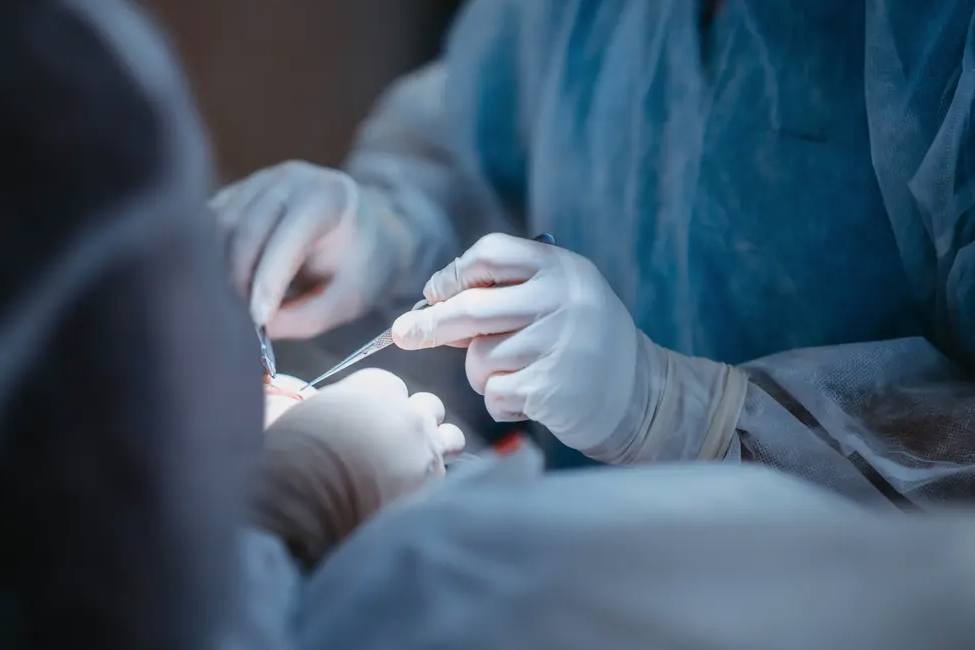Several medical products used for surgery could release microplastics into the heart
A study published by the prestigious journal Environmental Science & Technology is making a lot of noise, according to which as a result of surgical interventions microplastics have been found in the heart of patients.
A team of 12 researchers, who have been studying the field of cardiovascular medicine for some time, worked on it. Most come from Chinese academic institutions, while one works with the University of Sydney.
The team identified eight types of plastics used in heart surgery. Medical products with plastic components are different: for example, tubes, syringes or the protective film for surgical incisions that protects against infection. The 15 patients examined in the study had different operations: from bypass grafting to mitral valve replacement, from aortic root replacement to surgical ablation of atrial fibrillation, to a tricuspid valvuloplasty.
Given the small sample, it was a pilot study. However, it is very controversial and will lead to further study. In fact, the preliminary tests are sufficient to justify a study on a larger scale and therefore a fundamental concern.
Where the microplastics lurk
The researchers examined tissue samples of the heart and surrounding structures, including six pericardial samples (the membrane that encloses the heart), as many adipose tissue on the surface of the heart under the pericardium, eleven adipose tissue samples located just outside the pericardium, three of heart muscle, five of left atrial appendages and seven pairs of venous blood samples before and after the operation.
read also Microplastics compromise the structure of DNA
Microplastics were not present everywhere. However, nine types of microplastics were found in five types of tissue. The largest fragment measured almost half a millimeter in diameter. Nine types of microplastics were also detected in blood samples, with a maximum diameter of 184 micrometers. After the intervention, the distribution of these fragments changed, both by type and by size.
More research will be needed to understand the impact, but surely from today the focus on the problem will grow.

